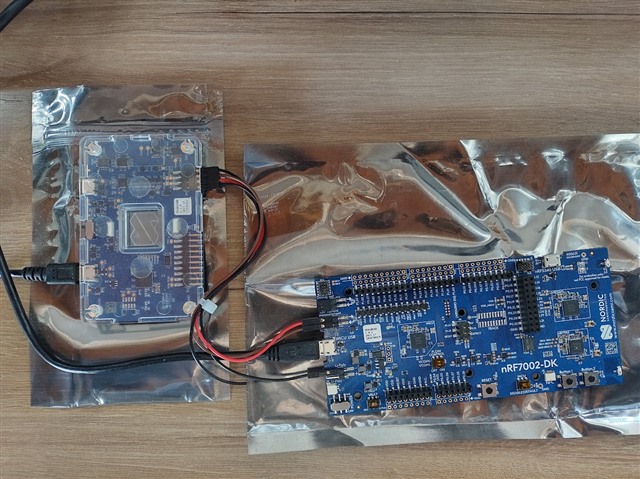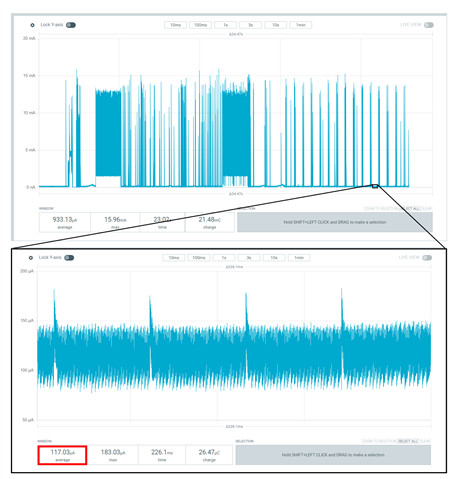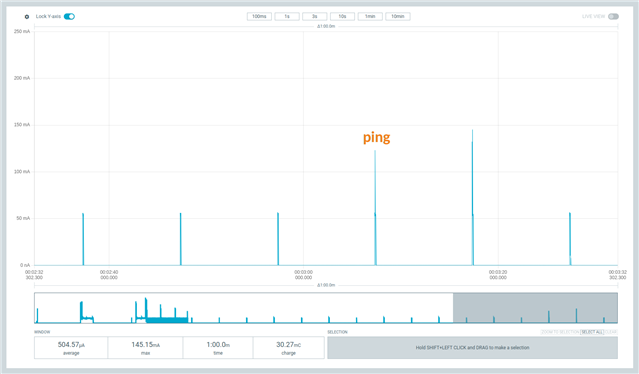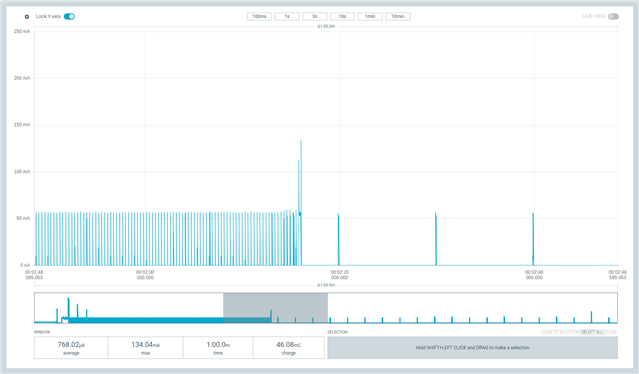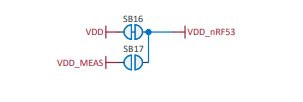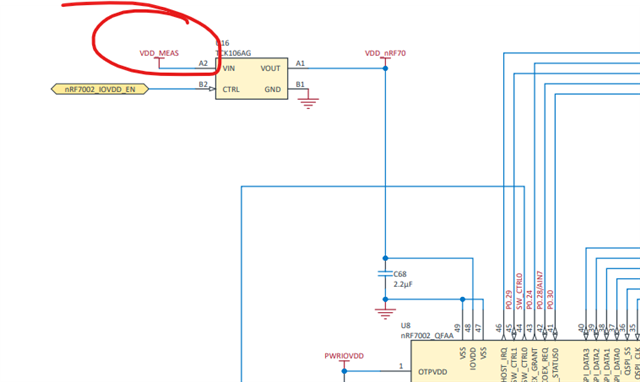I am using the nRF7002DK development board, which features an nRF5340 as the Host MCU for the nRF7002 chip. I am testing the "Wi-Fi TWT Sample" sample project, which allows me to establish a Target Wake Time (TWT) session between the nRF7002 Wi-Fi module and a Wi-Fi 6 Access Point.
In this particular case, I have configured a TWT interval of 5 seconds. During the time interval between two TWT pings, it is observed that the nRF7002 is in Sleep Mode with a consumption of 18uA, as indicated in its datasheet and the image shown below:
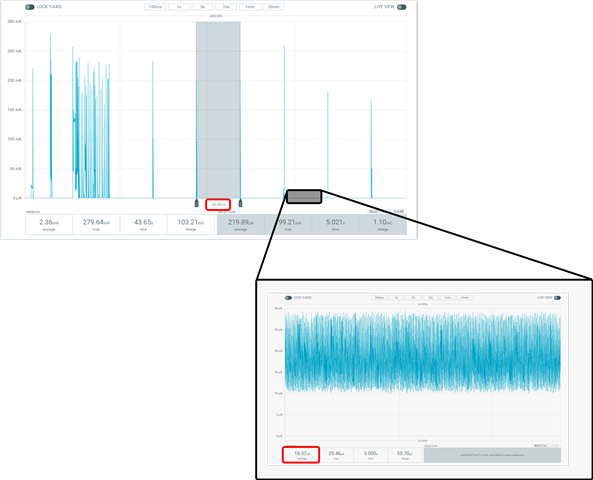
However, for my development project, it is a requirement that, between two TWT pings, the nRF5340 Host MCU maintains an average current lower than that presented in the following image (currently at 158uA).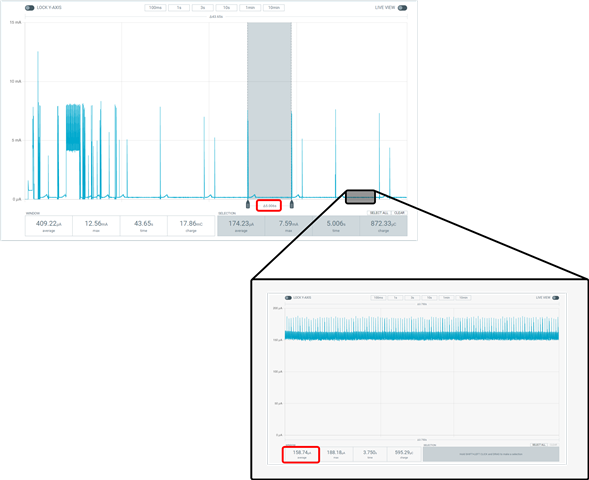
Could you please guide me on any configuration settings for the nRF5340, either in its QSPI interface or its Sleep modes, to reduce the average current consumed by this MCU between TWT intervals?



